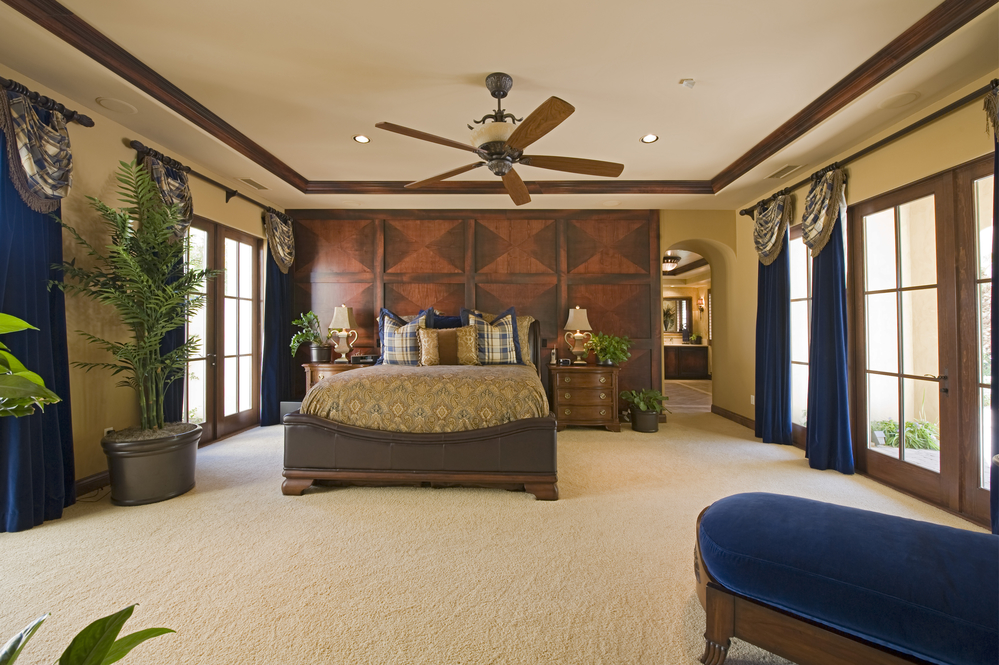We all have more important things to remember in life besides which way a ceiling fan should spin during summer and winter. So, here’s a refresher: set your fan to go counter-clockwise during cooling season and clockwise during heating season. Most fans have a simple switch to reverse direction. Look up from underneath the fan to see if it’s turning the right way.
Now, that’s not all you need to know about the energy savings from a ceiling fan. The clockwise or counter-clockwise effect only works if the fan blades are angled properly. Fan blades should sit at about a 15-degree angle or slightly flatter than that.

Now, that’s not all you need to know about the energy savings from a ceiling fan. The clockwise or counter-clockwise effect only works if the fan blades are angled properly. Fan blades should sit at about a 15-degree angle or slightly flatter than that.
Quick tip: If you don’t have a level that reads degrees, use your smartphone. There are many free apps to download. The iPhone’s built-in Measure app levels and measures degrees.
The blade angle is what makes the air move up or down. When the ceiling fan runs counter-clockwise, the bottom surfaces of the blades push air down. That gives you the cool breeze. When the fan runs clockwise in winter, the top surface pushes air up, circulating it and moving heated air throughout the room.
Flat blades just spin without moving much air. But don’t go beyond 15 degrees, or else there’s too much drag which will wear out the motor.
Before adjusting the fan blade angles, check the owner’s manual for instructions and be safe—turn off power and have a second person around.
What If My Fan Doesn’t Have a Reverse Switch?
If you can’t find the reversing switch on your fan, there are two explanations. Either the fan pre-dates the switch becoming commonplace or it came with a remote. Look around for the remote or original packaging, if possible.
If you’ve lost the remote, the fan can potentially be reversed with a switch located inside the motor housing.
Failing all that, you could adjust your fans for summer or winter by manually reversing the angle of all the blades. The key thing is to have the higher edge of the blade moving forward in summer and the lower edge of the blade leading the way in winter.
Ceiling Fan Repair for Broken Reverse Switch or Blades
The relatively low cost of ceiling fans makes replacement the more economical option than repair in most situations. However, if you know a good electrician with an affordable service call fee—and you love your vintage or antique ceiling fan—it’s absolutely worth fixing it!
Consider replacing the fan motor instead of the whole unit. This fixes 9 out of 10 problems with fans. Keep the look you love, but replace the interior parts. This helps if your fan will not run counter-clockwise (or vice-versa), if the fan is loud or squeaky, and many other problems.
For fan blades that are loose, dangling, or uneven, the best and safest route is to replace the whole unit if there is any trouble tightening them in the correct position.
Looking to get the most energy savings out of your fan? Request an estimate for ceiling fan repair, replacement, or installation by a licensed electrician.

